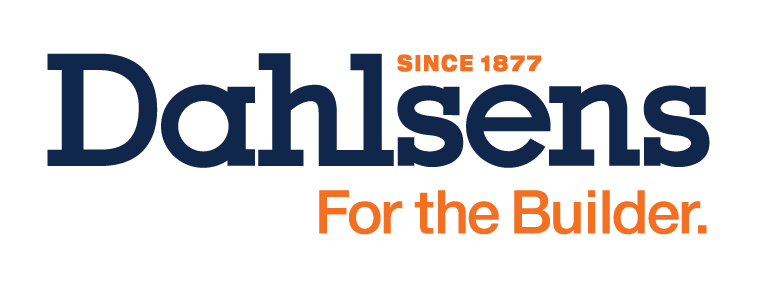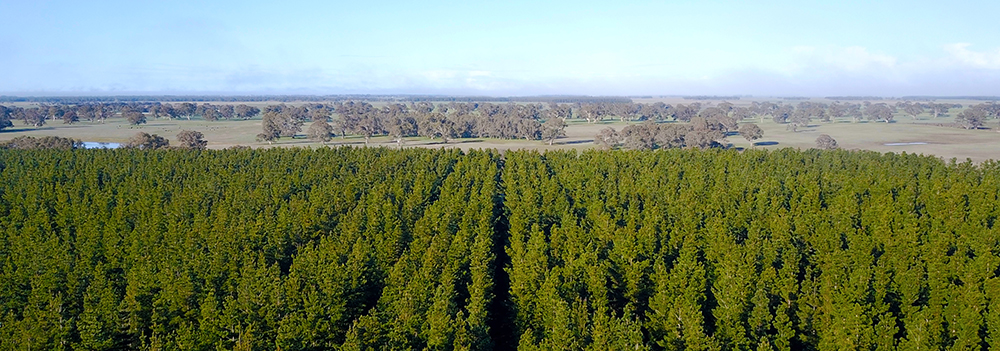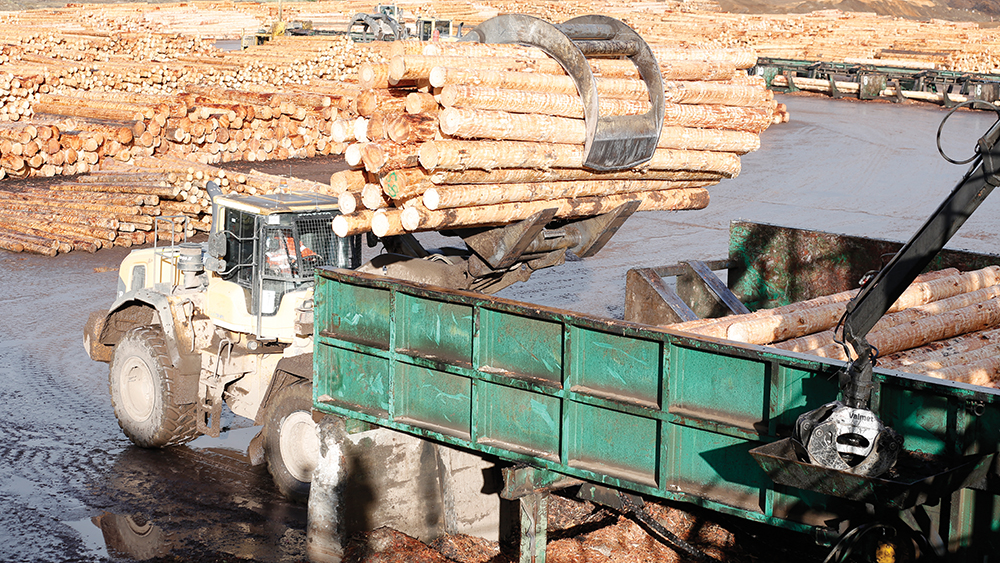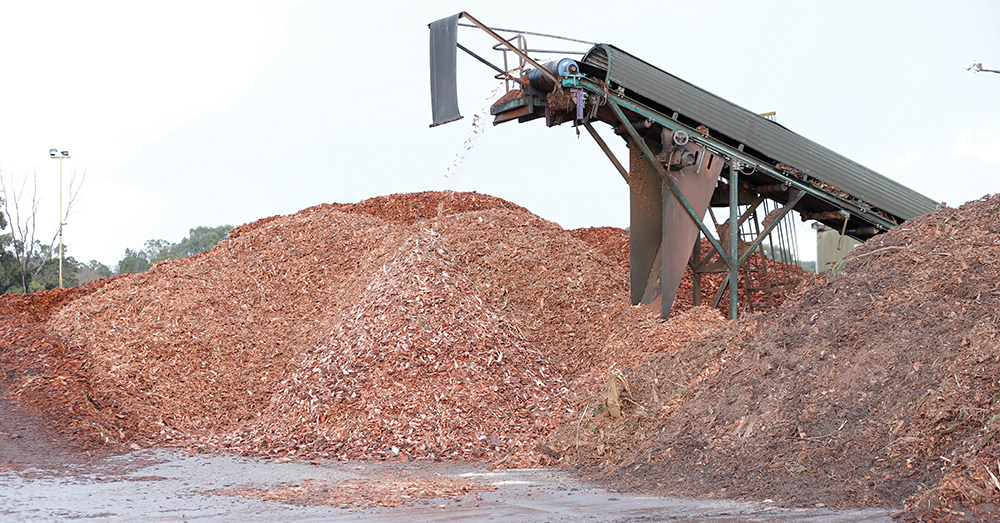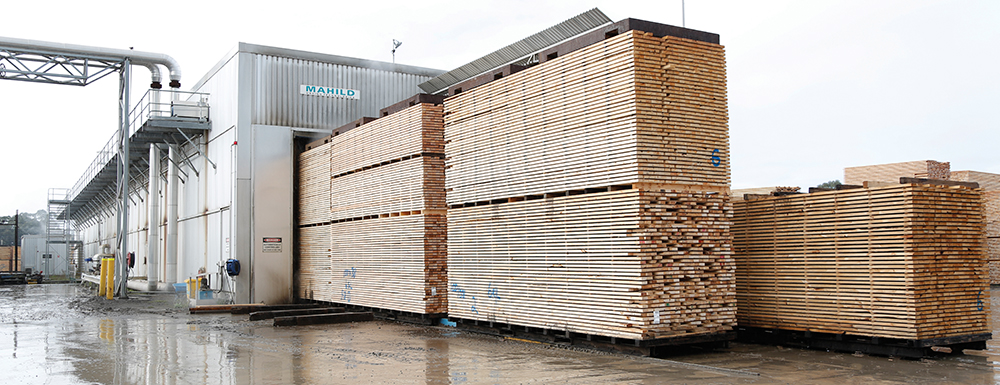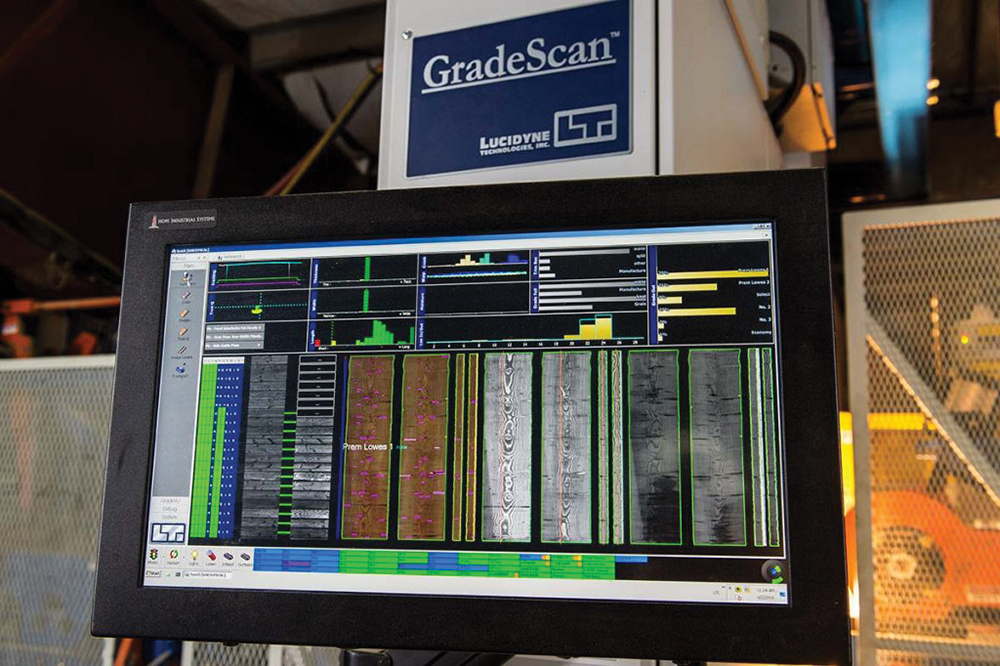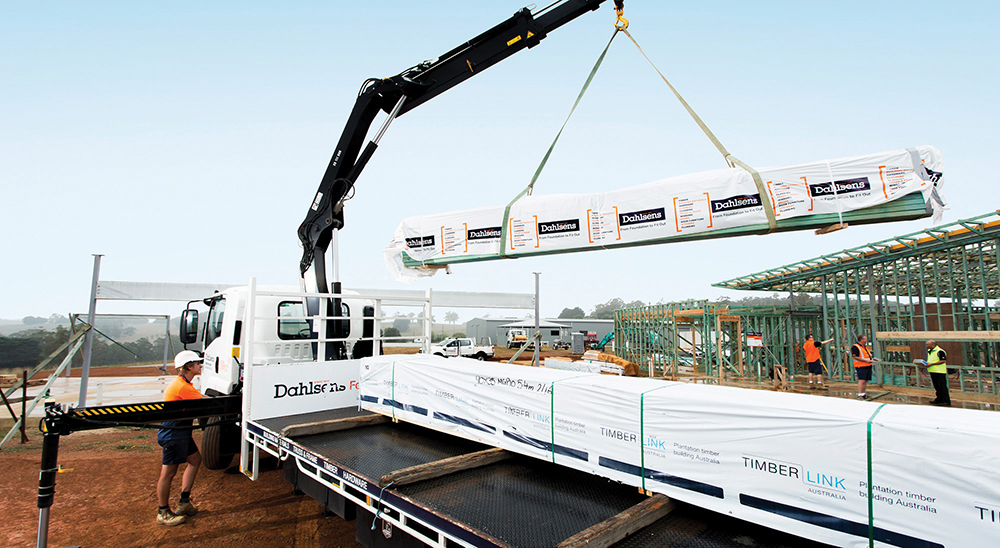We hear from Timberlink about how they use the latest technology to give you the most consistent stick of timber
Timber is often thought of as an old-fashioned industry – lumberjacks and flannelette shirts might come to mind! But the reality is Timberlink, like most thriving Australian manufacturers, is able to remain competitive by using the latest high-tech gear from around the world.
THE FOREST
At Timberlink we are proud to say that our pine only comes from plantations across Australia and New Zealand. Every tree that is harvested is replanted afterwards. Timberlink timber is a truly sustainable, natural resource.
Incredibly, Australia’s pine plantations grow enough wood to replace the amount of timber required for an average single-story home in just seven seconds!
Millions of seedlings start their lives in nurseries, and are then planted in time for spring. While the pine trees are growing they are sucking up carbon dioxide – a fully-grown pine tree can use almost a ton of CO2 each year.
The pine tree estates are carefully managed. A lidar detector that uses infrared and laser technology scans the forest and records not only size but also the density, fibre quality, altitude and soil quality, giving the foresters all the information that they need to ensure the estates are managed to best meet our customers’ needs, and the forests’ health in the future.
After somewhere between 28 and 32 years, the pine trees are considered to be fully matured. Decades of selective genetic improvements and growth in knowledge have left us with a superior product in a variety of ways. For example, slow growing seeds are now deployed in faster growing climates as slower growing timber enhances the density, making the timber stronger and stiffer.
The pine trees are 40-50m tall and almost 1 metre in diameter. They are felled by harvesting machines that cut, scan, strip and then cut the log again into sizes that can be easily manufactured at our mills. The logs are then loaded onto trucks before being taken to one of our three mills: Tarpeena (South Australia), Bell Bay (Tasmania) and Blenheim (South Island, New Zealand).
THE MILL
Timberlink is proud to be an Australian manufacturer. The reason why this is possible is due to our world-class manufacturing technology at the mills. It is this technology that allows us to provide Dahlsens and their builders with a more consistent piece of timber than ever before. Once the logs come to one of our mills they are arranged by their lengths. Before being loaded into the mill, we remove the bark.
THE GREEN MILL
Logs are loaded into our green mill where we laser scan each one using sophisticated software that considers what our customers need and tries to balance this with the realities of using a natural product.
The log is then cut into strips of timber and the remaining wood is turned into chip to make paper products while the residue is used to power our kilns.
KILN DRYING
The timber is then separated by density into stacks before going into the kilns to be dried to reach the optimal moisture content. In Australia this is around 11 per cent. The moisture content is important because it reduces possible future movement in the timber.
Dr Trevor Innes, our head scientist and preeminent expert on kiln drying in Australia explains that “previously timber was heated at high temperatures in batch kilns multiple times until the moisture content was correct. This rapid heating can make the timber brittle, which is why our method, using CFKs, results in a consistently stronger and superior product.”
Samples of timber are tested with a non-contact sensor that uses an electric field to monitor the moisture content for an incredibly accurate reading.
THE DRY MILL
Following the kilns our timber goes through to the dry mill to be assessed by some seriously high-tech gear to ensure the product is ready to go into frames, decks and pergolas around the country.
Each piece of timber first goes through our new Gilbert planer, which can mould up to 850 lineal meters of timber per minute. Once our timber goes through the planer it goes straight into our Lucidyne scanner.
WHO IS LUCY?
As a proud Australian manufacturer, we want to stay on top of the game, and that means staying at the forefront of technological advancements. Our new Lucidyne scanner, or “Lucy” as we like to call her, uses artificial intelligence (AI) technology to scan our wood with precision, far beyond the human eye’s capabilities. This assures a level of quality that wasn’t possible even a few years ago.
Lucy uses multi-sensory imagery technology, in conjunction with new self-training Perceptive Sight software, to ensure each piece meets the structural properties required under Australian standards and also exceeds the minimum visual requirements.
“Lucy is just a great piece of high-tech gear,” says GM of Operations Mike Bitzer. “She takes the guesswork out of timber grading.”
“If there are any defects that really impact the structural properties of the timber, Lucy will find them.”
METRIGUARD AND WARP TUNNEL
After being scanned by Lucy, we then test the boards for stiffness using the Metriguard, physically bending the timber up and down and measuring how much load is required to create that bend.
After the Metriguard test the timber goes through the warp tunnel. This gives us a three-dimensional cross section of the timber. The software then compares the dimensions and can tell us if the board is warped or twisted.
This data is all fed into the Lucidyne optimising computer, where big data analytics are run to give us a grade for each stick of timber.
TREATMENT
While still in the dry mill, some of our timber will be treated for termite protection and become Timberlink Blue, guaranteed for 25 years. Some of our timber will be treated for outdoor structural use and become low odour LOSP Timberlink Green.
The timber is then sorted into around 60 stacks depending on grade, treatment type and length, before being put into packs.
FROM THE MILL TO YOU
The journey for our timber is far from complete though, as it’s then loaded onto trucks and taken to timber yards across the country. Our Tarpeena mill in South Australia, which supplies most of the Timberlink products supplied to builders by Dahlsens, sees almost 400 packs of timber leave per day.
Once it’s arrived at a Dahlsens store, the timber is loaded into racks, ready to be picked up or delivered to building sites, after which it is installed and trusted to hold up family homes, decks and pergolas for years to come.
A superior product, timber really is the ultimate sustainable, renewable natural resource.
Thanks to Timberlink for giving us insight into the ever-advancing technologies used to ensure the timber we depend on everyday is the best we can get. If you’d like to visit a mill to witness this first hand, please get into contact with Dahlsens and we’ll see if this can be arranged.

